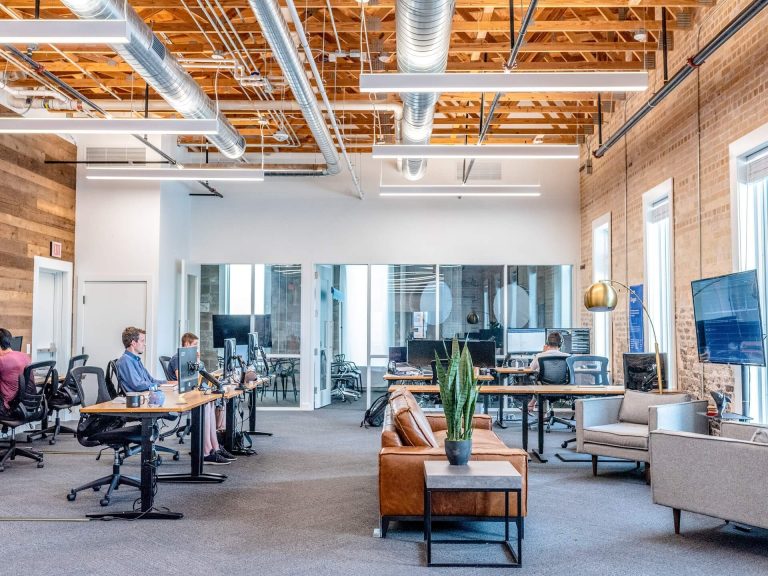As leaders grapple with how to return safely to the office, Marie-Claire Maple (pictured), Managing Partner opr, asks whether it’s time to pause and consider if we’re even asking the right question?…
Teleworking. Activity-based working. Remote, flexible and agile working. As a comms professional, I’ve seen and heard companies discuss and debate various monikers for a move away from the 9-to-5 office environment. Until now, I’ve never seen it in widespread practice.
As a result of COVID-19, the majority of corporate Australia took part in a near-global ‘working from home’ experiment. Like most experiments, it didn’t go perfectly. Parents trying to simultaneously home school their children would be the first to agree. Ditto for the many living in a share house or those with poor broadband coverage.
Yet, what struck me most is the speed at which we moved from ‘that’s impossible’ to ‘we’re making it work’. Roles that were once deemed ‘mandatory office-based’ or at least ‘majority office-based’ were, with minimal transition and at modest cost, untethered from physical offices almost overnight. Businesses invested in remote access tools, employees invested in learning to use those tools and managers learnt to be effective without the need to physically see their team across the office. Previous rejections of working from home, it turns out, were more a failure of imagination and trust, than of capability.
Now, as a flurry of relaxed lockdown laws unfold, and business leaders contemplate how to safely return to the office, should we be considering something else entirely?
Never let a good crisis go to waste
People are creatures of habit. We like our routines and it can be tough to get us to change. But force it upon us—as COVID-19 did—and we adapt pretty well. And many people are in no hurry to return to the office—whether for safety reasons, to avoid a tedious commute or because they’ve realised there’s just no need to be in the office every day to do their job.
When employees talk about what they loved about being in the office, it’s generally the camaraderie: the ability to connect face to face with colleagues, to talk through ideas and socialise. What they like less are the shared desks, outdated technology and daily noise interruptions.
Of course, with ongoing distancing restrictions, it’s fair to say that the office we all return to won’t be the same as the one we left behind in March. With a recession, companies won’t have the funds to redesign office spaces or add real estate that helps employees to safely distance Before we try and wind back the clock to a safe version of ‘how things used to be’, we need to stop and consider how things should be.
The future office
We now have a golden leadership opportunity—and arguably a business imperative—to reimagine what the office looks like and means to us. The answer will be different for every organisation. Some won’t need an office at all. Others will be forced to cut costs and downsizing or jettisoning unnecessary real estate may be the only solution. But finding the right balance for your business and your employees will be the biggest challenge.
Will the office become a collaboration-only workspace? A place where we socialise and interact, followed by quiet time to execute the work from home? Can we adopt a hotel approach, where desk and meeting rooms are booked as needed, dramatically reducing our office footprint?
As you think about how your business will change over the next one, five or ten years, some of the most important questions may be the ones you ask your employees. Ask them how they want to work, what they miss about the office and what parts of their new working arrangements they want to keep.
Attracting great talent will undoubtedly continue to be a priority for everyone. Offering more flexible, thoughtful arrangements will open you to a broader pool of applicants—and give you a competitive advantage over those who don’t. It will mean investing the time to learn how to communicate effectively in this dual mode, ensuring those not in the office are not disadvantaged from those who are. It may also require further investment in technology and fully embracing change.
By asking the right questions now, we ensure our organisations are not only weathering the challenges of the next few years, but also becoming stronger and more inclusive on the other side.
By B&T





